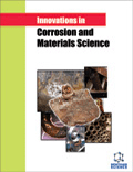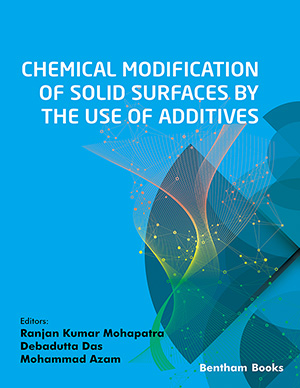Abstract
Background: Numerical studies on the shear behavior of reinforced concrete (RC) structures repaired with fibre-reinforced polymer (FRP) sheets are relatively limited because of the complexity of the shear mechanisms. Almost all of the studies are conducted at the component-level due to the computational time and memory storage limitations associated with detailed finite element (FE) tools.
Methods: A multi-scale analysis framework was recently developed based on the substructuring technique for the nonlinear analysis of RC structures. In this study, the proposed framework was employed for modelling and analysis of structures strengthened with FRP. In this procedure, the repaired components were modelled in finer detail using a 2D FE program, while the rest of the structure was modelled with a computationally-fast frame analysis program. The sub-models were connected using a newly developed interface element, the F2M element, which satisfies equilibrium and compatibility conditions and provides an accurate shear stress distribution for cracked concrete at the interface. A practical and reliable method was presented to model FRP-related mechanisms for repaired components. Link elements were used to consider bond-slip effects and peeling-off phenomena of FRP sheets. The confinement enhancement of FRP was modelled by addition of an out-of-plane smeared component to the corresponding rectangular RC elements. Second-order material effects such as tension stiffening and crack spacing were taken into account using proper models.
Results and Conclusion: The application of the proposed modelling procedure was investigated by analyzing a RC frame with shear-critical beams repaired with FRP sheets. The analysis found that insufficient consideration of shear-related effects can lead to significant overestimations of strength and deformation capacity, and inaccurate predictions of structure behavior. Most frame analysis procedures, including plastic hinge and layered analysis approaches, require difficult assumptions and inputs to account for shear mechanisms which can significantly affect structural response. In general, the mixedtype analysis was able to accurately predict the behavior of the structure particularly in terms of stiffness, peak load, ductility, failure mode, and energy dissipation. The proposed method was capable of considering the effects of previous damage with the use of stress and strain history of the elements. In addition, the change in the damage mode prior and after the repair of the frame structure was captured accurately.
Keywords: Fibre reinforced polymer, multi-scale simulation, nonlinear finite element analysis, reinforced concrete, repaired structures.
Graphical Abstract
 12
12 1
1 1
1 1
1







